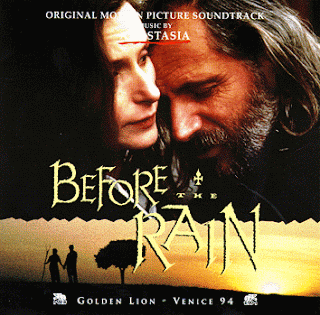Where did the science fiction genre come from? Well the 1927
Metropolis film is a stylized and visually stunning silent film set in a dystopian
future. It is because of director Fritz Lang's German masterpiece that brought
the life to my favorite genre of science fiction. While searching YouTube, I noticed
that there were many different versions on the Metropolis films. However, I did
find a video that claimed they had as much of the original, including the original
music, intact.
The futuristic city is pictured as an industrial world with skyscrapers and bridges and appears to be divided or stratified into an upper, elite, privileged class of powerful industrialists and a subterranean, oppressed worker force. This directly correlates with what is happening in the time this film is being created. At the time, the Industrial Revolution was in its prime, the economy was falling to the rise of fascism in a pre-Hitler Germany and the rise of the American labor movement and unions during the 1920s due to oppressive working conditions. It also reflects the ongoing struggle between light and dark, good and evil, like in my favorite films of science fiction.
Additionally, Lang can be considered a profit of and the
creator of science fiction. His vision is very impressive, and stands out as
its own master piece next films that would later be inspired by his film. For
example, Blade Runner is strikingly similar to the world and problems that Lang
envisioned in his film. However, some of the most renowned players of science
fiction did not care for Lang’s film. For example, while researching Metropolis,
I stumbled onto a review by H.G. Wells himself. Throughout his review, he
exhibits his distaste for “silliness” of the film. He also goes on to elaborate
on how this film may have been copied from his own vision “When The Sleeper
Wakes.” However, if you like the movie or not it has become more common for the
Metropolis to be more easily admired than enjoyed.
http://www.filmsite.org/metr.html
http://erkelzaar.tsudao.com/reviews/H.G.Wells_on_Metropolis%201927.htm









































_03.jpg)


